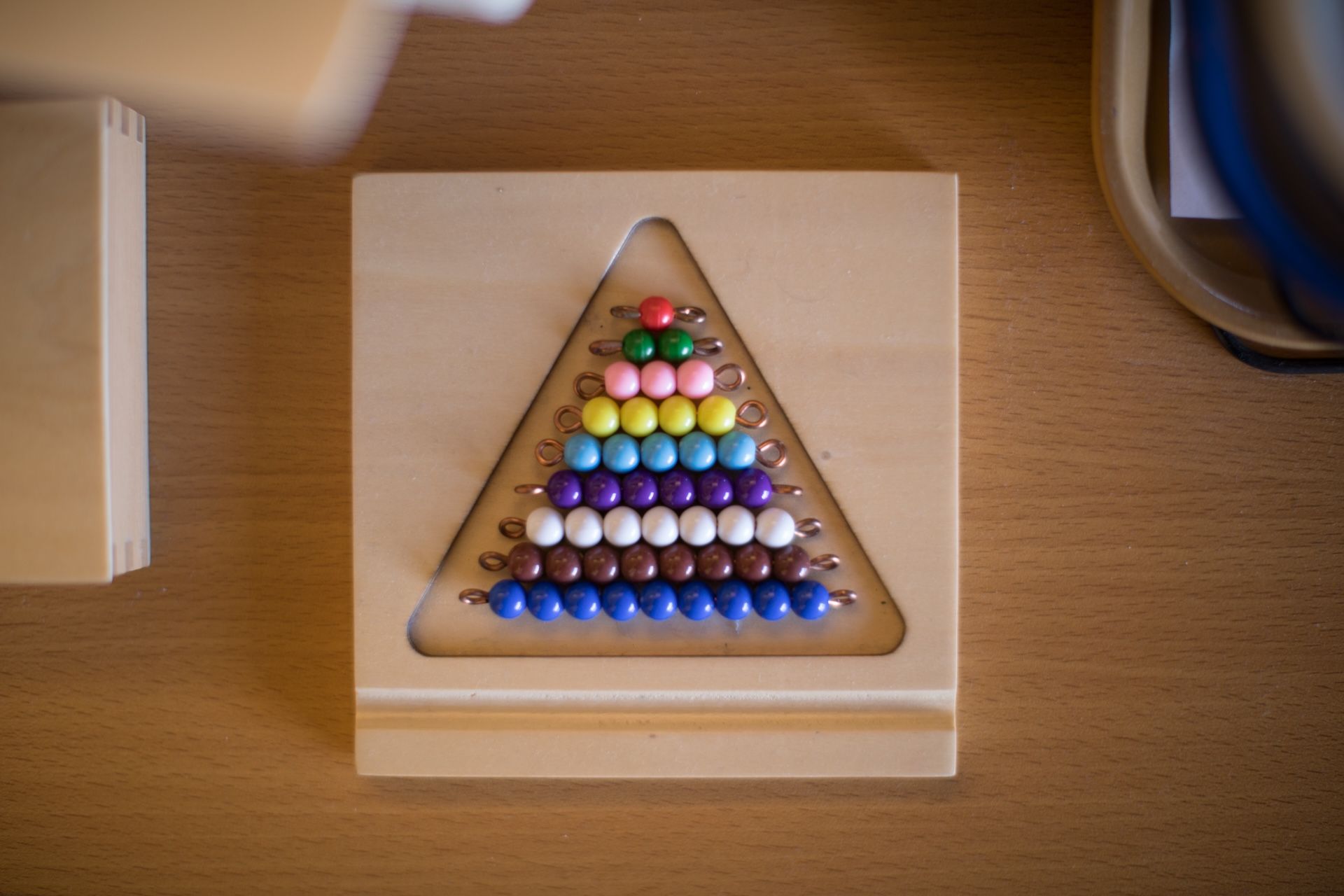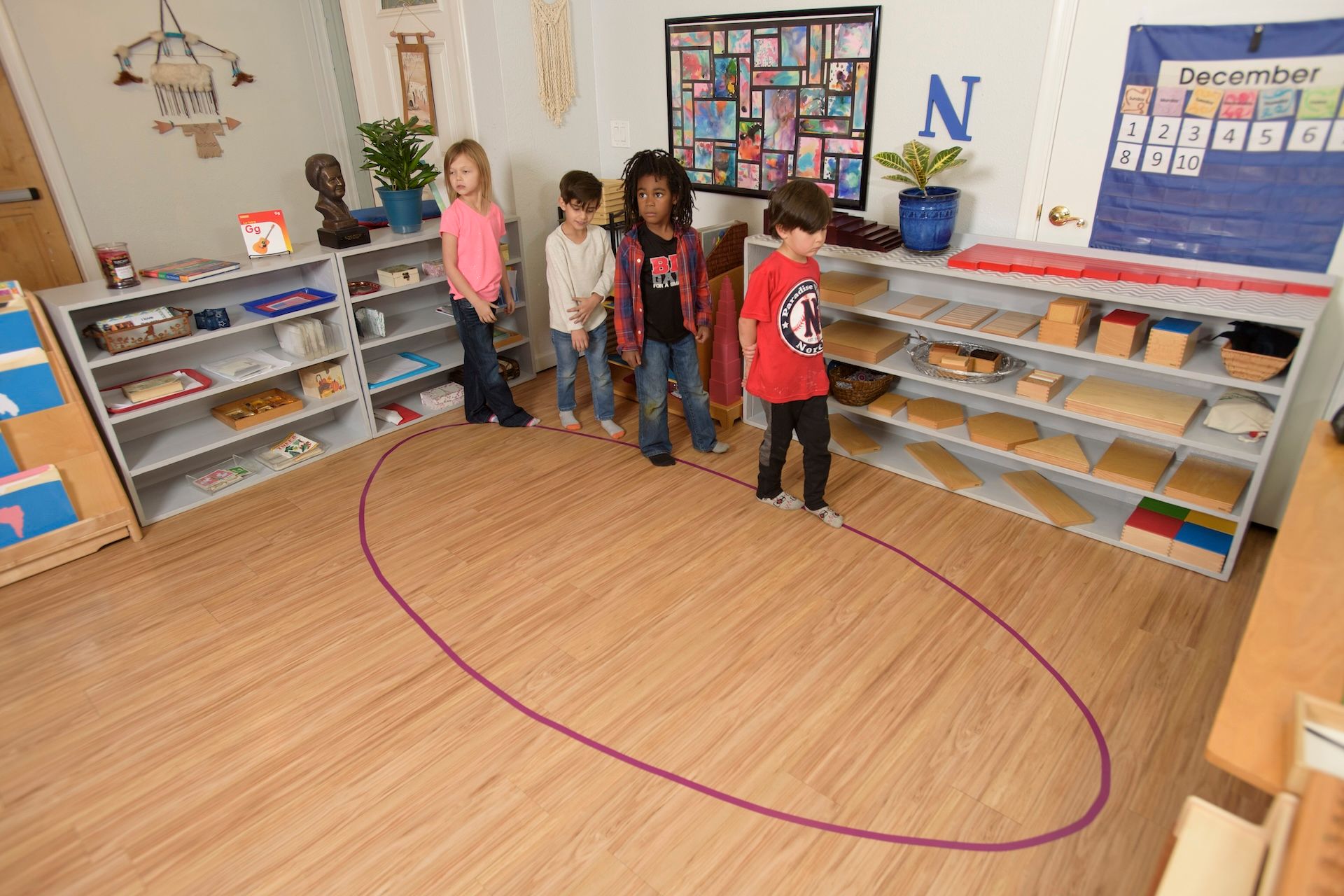The Montessori approach to discipline can be confusing to outside observers. The idea that children can behave in an orderly and quiet fashion without a set of expected punishments is simply unfathomable to a few parents. Although classrooms vary from instructor to instructor, the goals are the same. In our classrooms, we’re always striving to find a balance between structure and independence that advances with the child. Granting students freedom is one of the cornerstones of Montessori methodology and this leaves a lot of parents asking—how are they supposed to learn discipline?

Self-Discipline
These things seem contrary but when looking at motivation holistically, it’s much easier to comprehend the importance of independence. The goal of discipline is to motivate children to be better adults. We want to see our children grow up to be adults with goals and work hard for what they achieve. Most also agree that having patience and kindness is critical to building a better world. However, the most effective motivations are intrinsic—the best discipline to build is self-discipline. When Dr. Montessori developed her curriculum on child development, she came to understand that freedom was the most significant aspect of forming self-discipline. She saw that respect for children was lacking and that the absence of this respect was hindering them from becoming motivated, disciplined adults. Modern psychologists have demonstrated that desires and motivations that come from within are stronger and have greater longevity than any external motivations, including fear of punishment. Self-determination is now considered to be a key piece of adult satisfaction and its importance for children is being continually rediscovered in educational studies.
Respect for Authority
Children in Montessori environments certainly seem to have a stronger respect for authority, likely because their personal autonomy is respected. It seems like a small thing but for young children, understanding that their feelings and motivations are important is incredibly powerful. Trying to create uniform discipline and obedience ignores basic humanity, especially for very young children. Instead, the Montessori classroom is a place for responsible exploration. Cabinets, baskets, tools, and toys are readily available, neatly organized, and lovely to look at—all designed to attract and hold youthful attention. Instructors serve more as guides and models for activities at different stations. Children learn how to handle the materials and the goals of each exercise. But each student is allowed to pursue activities that interest them as they want to. Children clean up after themselves before moving to the next challenge. They have fun and work together. And they are learning and developing their knowledge in
Motivation to Learn
When students have this freedom, they understand their own education in a different way. It’s much easier to develop enthusiasm for learning. More than that, children gain a motivation to learn that isn’t directed by what their teachers, parents or peers want. They are presented with choices every day about what they want to do and how they choose to learn. This becomes so normal to Montessori children that when they advance in their studies and choose careers, they push themselves forward without knowing it. Their early education lays the foundation for self-determination and presents a future of seemingly endless possibility.
The post Far from Undisciplined – Building Intrinsic Motivation appeared first on Pebblecreek Montessori.
Hours
MONDAY - FRIDAY
HALF DAY: 8:30a – 12 noon
ACADEMIC DAY: 8:30a – 3:30p
EARLY CARE: 7:00a – 8:30a
AFTER CARE: 3:30p – 6:00p
OFFICE: 8:00a - 4:00p
Programs
Connect
Pebblecreek Montessori




